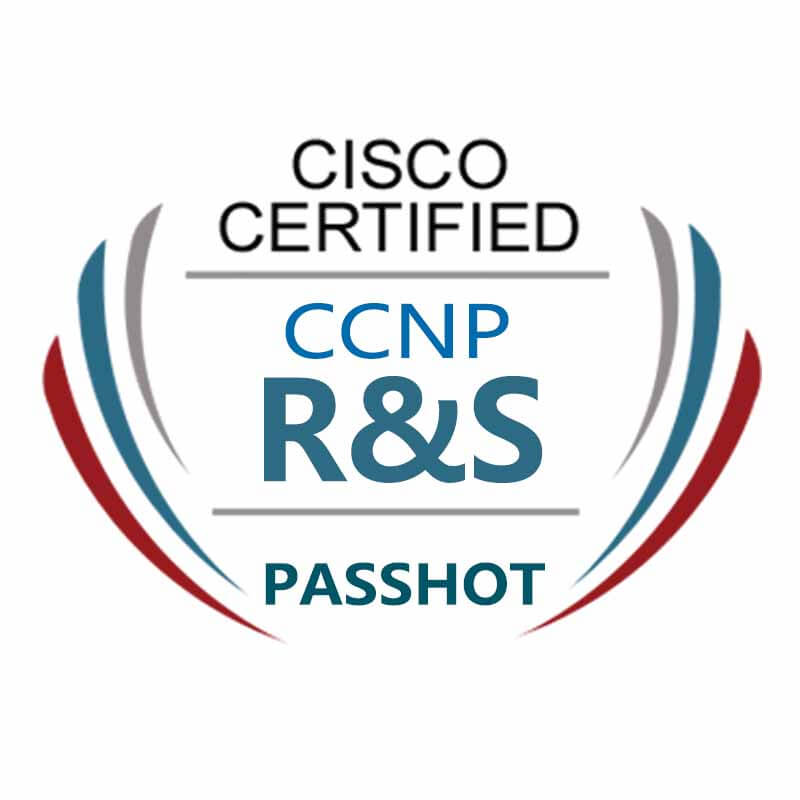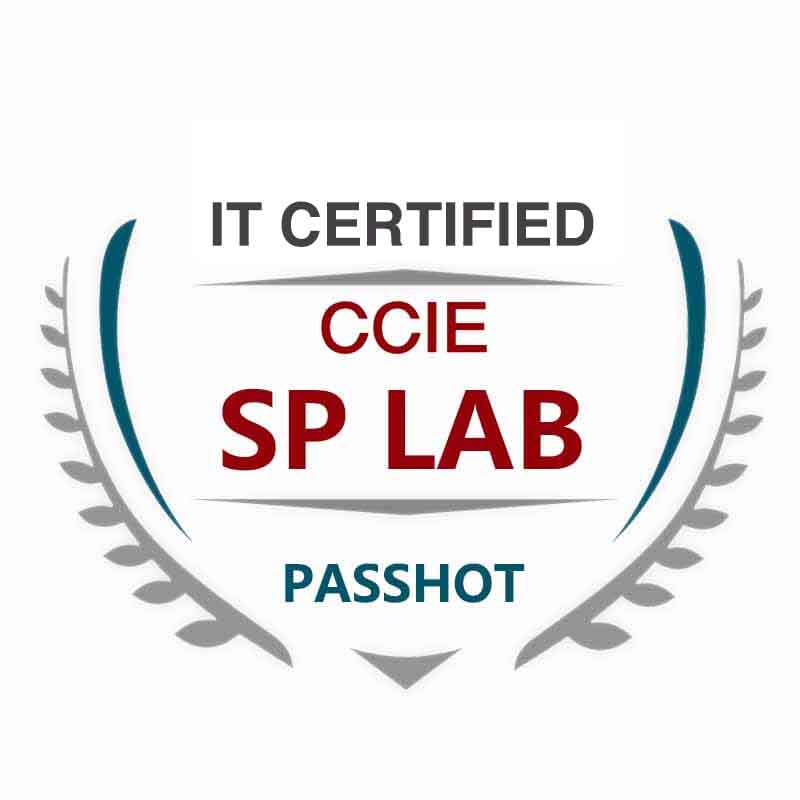100% Pass Cisco, PMP, CISA, CISM, AWS Dumps on SALE!
Get Now
01:59:56
X
4 kinds of network structure of switch
With the advent of 5G and the arrival of the new Internet of Things, the requirements for switches are higher and the demand will be greater.
The interconnection of all things is inseparable from the network basic equipment-the switch, which will play a vital part in the networking of the Internet of Things.
Four network structure modes of the switch:
Cascade connection
This is the most commonly used networking method, which is connected through the cascade port (UpLink) on the switch. Cascading can be defined as two or more switches connected to each other in a certain way. As required, multiple switches can be cascaded in multiple ways.
In a larger local area network such as a campus network (campus network), multiple switches generally form a bus-type, tree-type, or star-type cascade structure according to performance and usage.
It should be noted that switches cannot be cascaded without limit, and cascading more than a certain number of switches will eventually cause a broadcast storm and cause serious degradation of network performance.
Structure diagram:
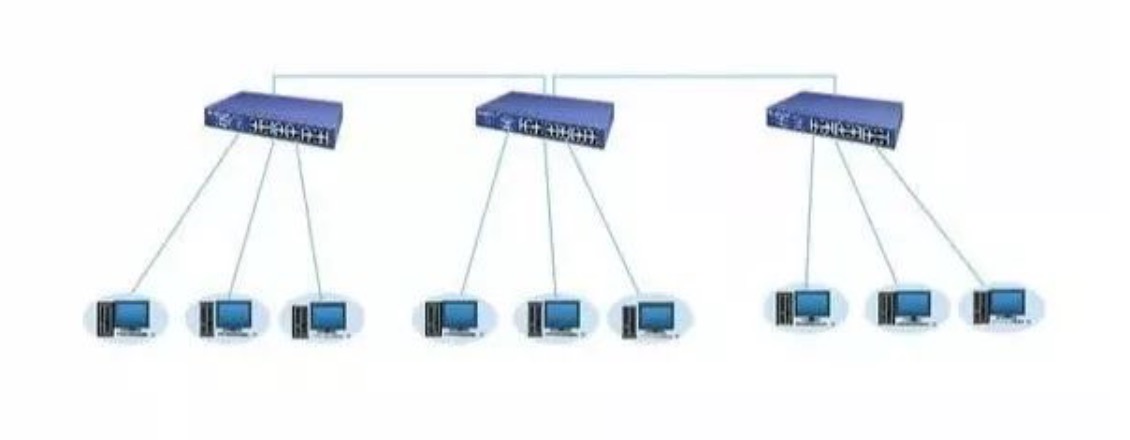
Port aggregation
Port aggregation bundles multiple physical links between two devices to form a logical link, so as to achieve the purpose of bandwidth multiplication (this logical link bandwidth is equivalent to the sum of physical link bandwidths).
In addition to increasing bandwidth, port aggregation can evenly distribute traffic on multiple links to play the role of load sharing; when one or more links fail, as long as there are links normal, traffic will be transferred to other links On the way, the entire process is completed within a few milliseconds, thereby playing a redundant role and enhancing the stability and security of the network.
Structure diagram:
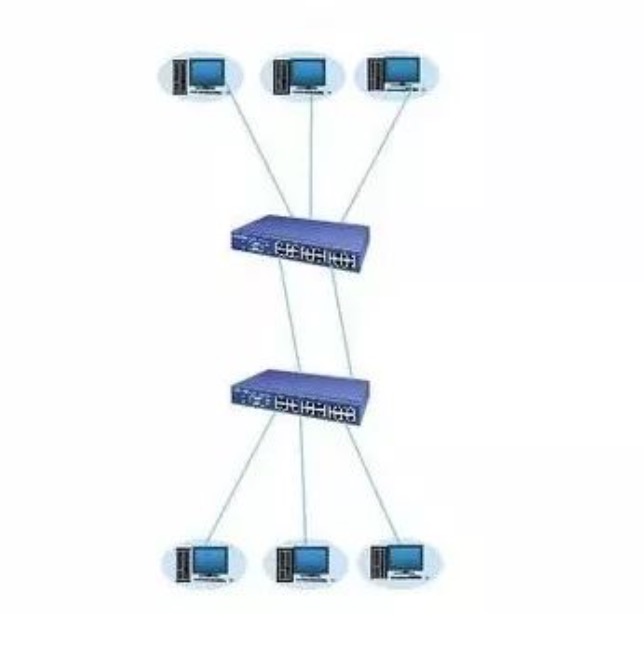
Stacking method
Stacking refers to combining more than one switch to work together to provide as many ports as possible in a limited space.
Multiple switches are stacked to form a stacking unit. There is a parameter "maximum stackable number" in the performance index of stackable switches, which refers to the maximum number of switches that can be stacked in a stacking unit and represents the maximum port density that can be provided in a stacking unit.
Generally speaking, switches of different manufacturers and different models can be cascaded with each other, and the stacking is different. It must be performed between stackable switches of the same type (at least the switches of the same manufacturer); cascading is only between switches Simple connection, stacking uses the entire stacking unit as a switch, which not only means an increase in port density, but also a widening of the system bandwidth.
Stacking can greatly improve switch port density and performance. Stacking units have sufficient port density and performance to match large rack switches, but the investment is much cheaper than rack switches and they are also much more flexible to implement. This is the advantage of stacking.
Rack switches can be said to be the product of the development of the stack to a higher stage. Rack switches are generally classified as switches above the department level. They have multiple slots, high port density, support multiple network types, good scalability, strong processing capacity, but expensive.
Structure diagram:
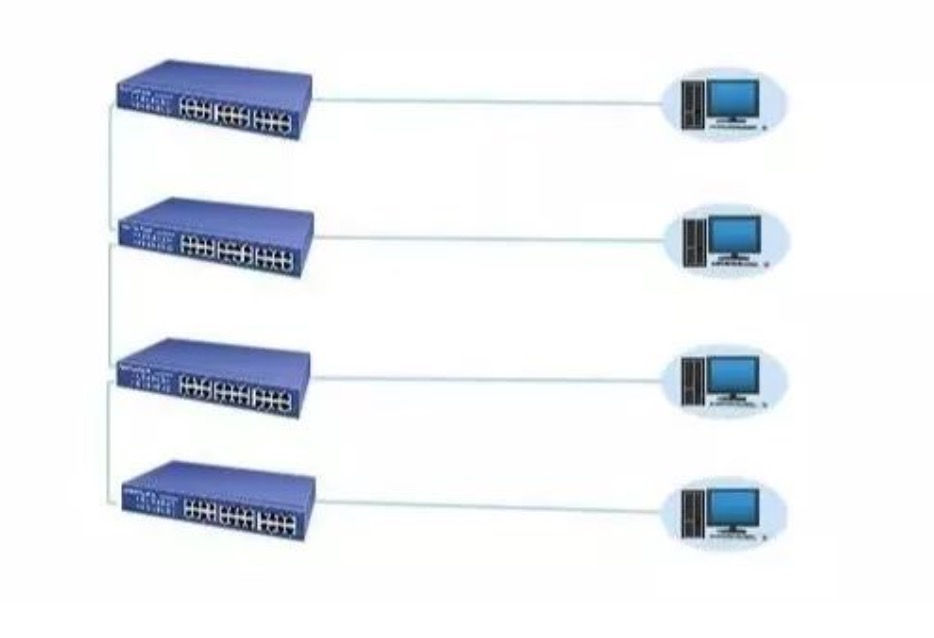
Layered approach
This method is generally used in more complicated switch structures, which can be divided into access layer, convergence layer, and core layer according to functions.
The three-layer network architecture uses a hierarchical model design to divide the complex network design into several layers, each layer focusing on certain specific functions, so that a complex large problem can be turned into many simple small problems.
Structure diagram:
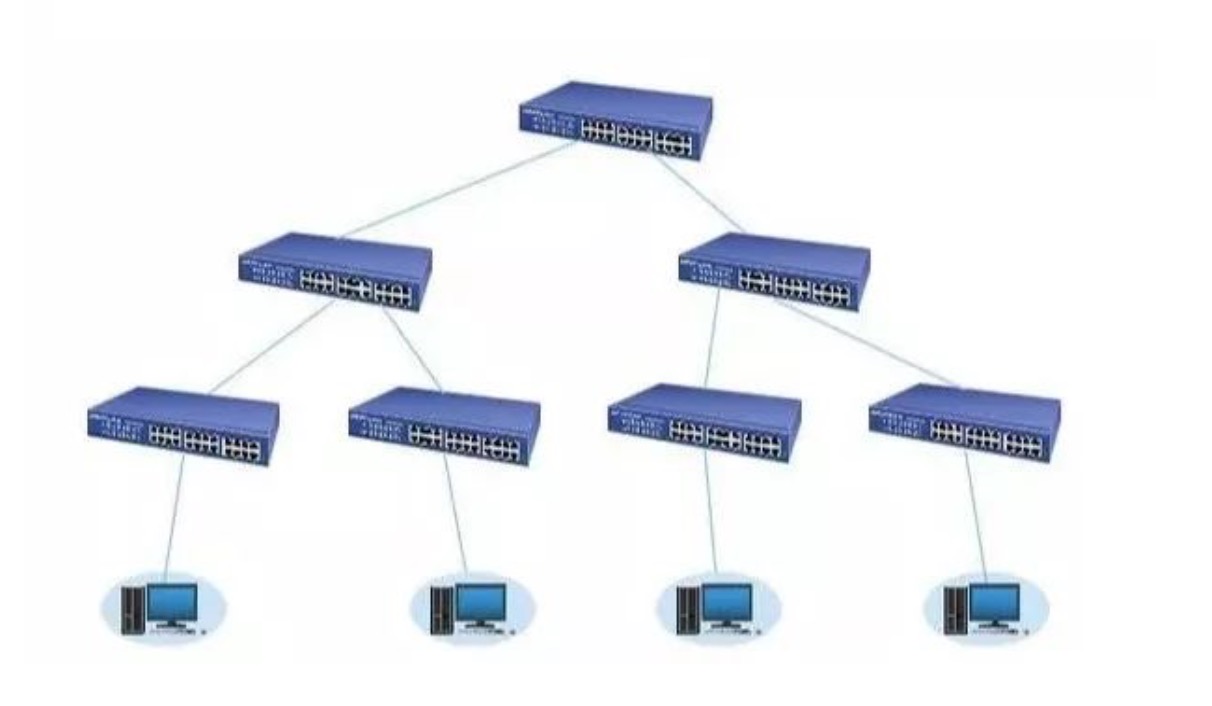
With the development of local area network and metropolitan area network, the above four methods will surely get more and more widely used. That ’s all for today ’s sharing. Do your friends understand?
The above is the news sharing from the PASSHOT. I hope it can be inspired you. If you think today' s content is not too bad, you are welcome to share it with other friends. There are more latest Linux dumps, CCNA 200-301 dumps, CCNP Written dumps and CCIE Written dumps waiting for you.
Cisco Dumps Popular Search:
ccie sp version 4 latest ccna dumps cisco ccna notes ccna routing and switching exam dumps ccnp 300-101 exam labs cisco ccna videos ccie routing and switching lab experience ccna 4 final exam cisco 300-625 ccnp route 300-101 cbt nuggets
Copyright © 2026 PASSHOT All rights reserved.



